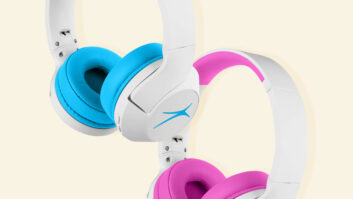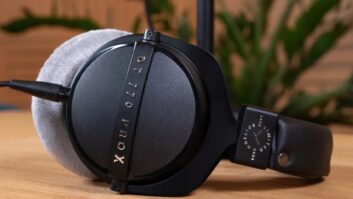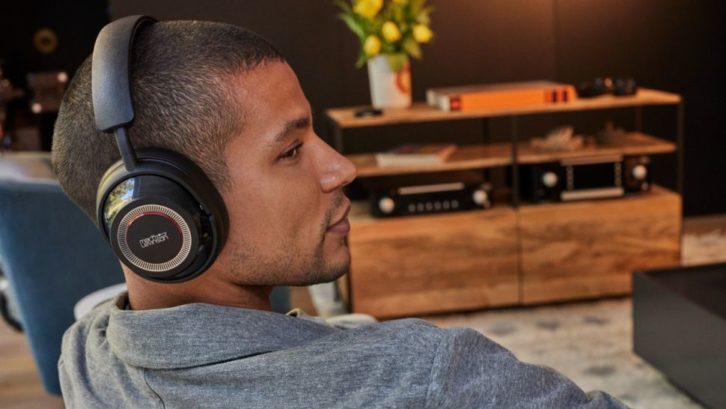
Wireless headphones are getting better. Bluetooth software is getting better, headphones hardware is still hitting new heights, and manufacturers are getting braver in taking advantage of both to make higher and higher-end wireless pairs – no doubt, to some extent at least, thanks to a company as big as Apple having very publicly pushed up the price parameters with its AirPods Max. So far this year, Mark Levinson, T+A and Bowers & Wilkins are all aspiring for next-level wireless headphones performance, priced as such.
The wired headphone has been safe, albeit existing on the sidelines of a vast headphones market dominated by wireless over-ears and true wireless earbuds. Safe in the knowledge that, at one end of the spectrum, some people will always just be happy using those bundled in the box or “any old pair”, and at the other that wireless headphones haven’t been able to achieve good enough sound quality to impact the audiophile or professional studio space. Indeed, wires have remained necessary in this increasingly wireless world to deliver ultimate audio quality to those who crave it.
So will this new slew of higher-end wireless headphones delivering audio performances, and carrying price tags, twice and thrice those we have classified as ‘premium pairs’ in recent years jeopardize that? Really, how close to ‘wired-level’ sound are they?
Wireless performance is hitting new heights
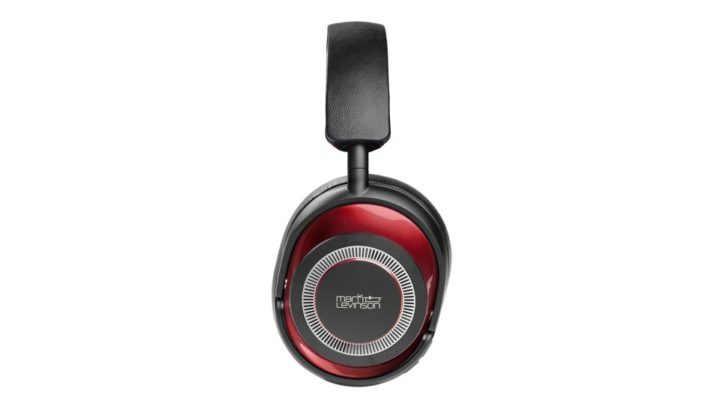
When we got our ears around the AirPods Max almost two years ago, we were left with no choice but to brand them with a big fat five-star What Hi-Fi? logo on the account that they sounded considerably better than the then-class-leading Sony WH-1000XM4 and therefore justified the fairly significant price gap.
It was the same with the Beyerdynamic Amiron Wireless, which also stand out on our best wireless headphones list due to their high price: they sounded a level or two above the Sonys, Sennheisers, Boses and the like, even if they were positioned as more for home rather than portable use. Only time will tell whether this will be the case for the forthcoming Bowers & Wilkins Px8, or other similarly priced pairs that will inevitably knock on the door soon.
When we recently reviewed the Mark Levinson No.5909 – double the price of the Apples and Beyerdynamics, and suffice to say the most expensive Bluetooth pair we’ve come across so far (though there are now others in this fledgling field, such as T+A’s Solitaire T), the same was true again. The wireless performance benchmark had been raised much further. In the context of wireless headphones (where to a varying extent, sound quality always makes way for convenience), five stars. If the convenience of wireless and/or noise cancellation is important to you, the Mark Levinsons compromise on sound quality the least to give it to you.
People willing to drop four figures on headphones have been around for years, of course, as the existence and success of established high-end headphone manufacturers – Audeze, T+A, Grado, Sennheiser, Stax, Focal etc – proves. Perhaps you are one of them? There will be people willing to do the same for wireless pairs too, and perhaps you are one of those. Still, this admirable wireless headphone ambition doesn’t make wired headphones obsolete.
Wired > Wireless…
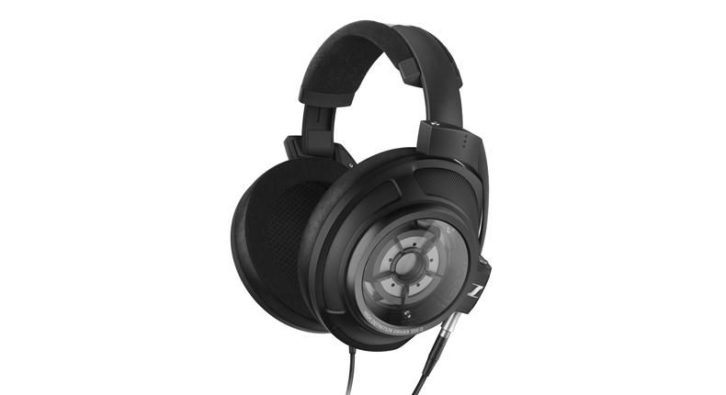
Wireless headphones performance has incrementally improved over years and model generations to the point where the best pairs really are now very good indeed – and certainly good enough to appease most people.
Has the wireless headphones market now reached maturity to satisfy those audiophiles who have so far resisted making the switch? While the gap is being closed, it is still wide enough (and then some) to justify the existence of wired headphones. After all, even the wireless Mark Levinsons only equate to the performance of something like the wired Beyerdynamic DT 700 Pro X in strict performance terms.
Throw a good DAC like the Chord Mojo 2 in there and the preference falls into that combo’s favor. And all for less than the price of the No.5909. Everything above that, of which there is a lot, from the brands listed above and otherwise, is therefore untouched by wireless pairs and therefore still relevant for audiophilic or professional use.
In fact, the increasing accessibility of higher-quality music through streaming services – where collectively we consume most of our music today – has arguably made wired headphones more relevant than they have been for years. Are CD-quality streams worth playing through wireless headphones? We have heard differences between low-res streams and ‘lossless’ (CD quality) ones through the better crop of wireless headphones and sources (even if the transmission of the latter is never actually lossless; it discards some song data in the process in order to be more efficient and that’s an inherent limitation of Bluetooth today).
But the majority of wireless pairs connected to a phone, laptop or hi-fi source playing these lossless streams won’t be transparent enough for listeners to benefit from the truly significant quality gap between the music files. The relationship between hi-res music and wireless headphones is even rockier, due to the music having even more information in it than the latter is able to communicate due to Bluetooth and/or hardware limitations.
If people want truly good-quality music on the go or at their desk, it’s actually never been easier to get it. But for that, you do ideally need – guess what – wired headphones. (And preferably also a portable DAC that can feed them more of the music signal than your phone or computer will be able to – something that as of late is now available in discreet, affordable forms to encourage high-quality headphones listening while keeping its inconvenience as minimal as possible.)
…but for how long?
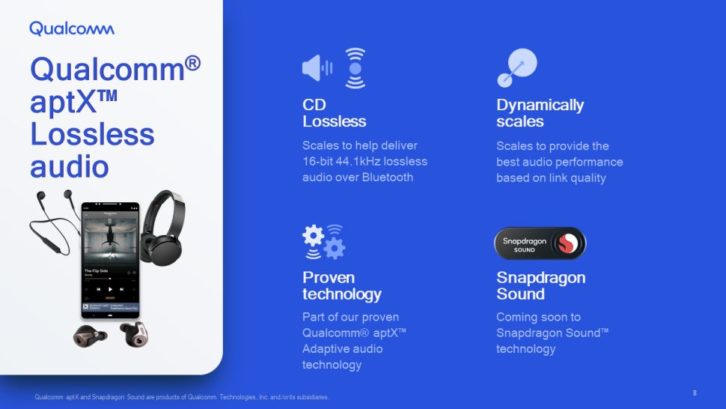
Will we ever see the day that wireless headphones and Bluetooth technology are good enough to wave goodbye to wired models? It seems mad to think that highest-end wired headphones and IEMs could actually be surpassed in the sound department by wireless alternatives.
But we could comfortably in our lifetimes see a day where wireless headphones are dutiful servants to the quality that audio is recorded in; where wired headphones are only truly necessary for studios and serious hi-fi set-ups.
That’ll be down to how much progress is made in the Bluetooth arena unless headphones receiving hi-res music over wi-fi becomes a practical solution first. Bluetooth is predominantly the limiting factor in today’s wireless headphones as it cannot transmit hi-res audio losslessly – i.e. without chucking away a chunk of a file’s data in the compression stage of its transmission process. Right now, it’s proven impossibly tricky for Bluetooth to accommodate a bandwidth or bit-rate high enough to carry full-fat hi-res audio while providing a stable, low-energy connection between two devices.
Many new developments around Bluetooth are still primarily concerned with making headway in energy consumption and wireless range, as my colleague Jez Ford has recently discussed. But telecoms giant Qualcomm, who has played a major part in progressing Bluetooth quality through its aptX codecs, has now come up with aptX Lossless.
This new Bluetooth codec can supposedly transmit CD quality (though not hi-res) truly losslessly – an unprecedented feat and, you have to believe, a coup for the progression of portable wireless audio. While this will start reaching the first wave of headphones and sources (likely phones) within the next 12 months, supporting devices will no doubt come in more of a trickle than a tidal wave to begin with. After all, aptX HD (which can transmit lossless and hi-res, albeit lossily) was released in 2016 and only in the past year or two has there been a decent choice of compatible products on the market.
Considering this timeline, we might not have lossless transmission of hi-res audio over Bluetooth until the 2030s. For now, if you love music and want to hear it between your ears the best way you are able in the high-quality audio that is fortunately now on offer, consider taking a minor hit on inconvenience and going the wired way with a portable DAC. Because even spending around four figures on the best wireless pair around, as fantastic as they may be for their intended purpose, won’t compare.
This article originally appeared on whathifi.com
About the Author
Becky Roberts is the managing editor of What Hi-Fi? and, since her recent move to Melbourne, also the editor of Australian Hi-Fi magazine. During her eight years in the hi-fi industry, she has been fortunate enough to travel the world to report on the biggest and most exciting brands in hi-fi and consumer tech (and has had the jetlag and hangovers to remember them by). In her spare time, Becky can often be found running, watching Liverpool FC and horror movies, and hunting for gluten-free cake.
See also: Urbanista Seoul Earbuds Review: Not Just For Gaming





